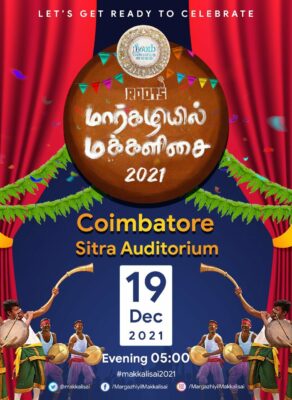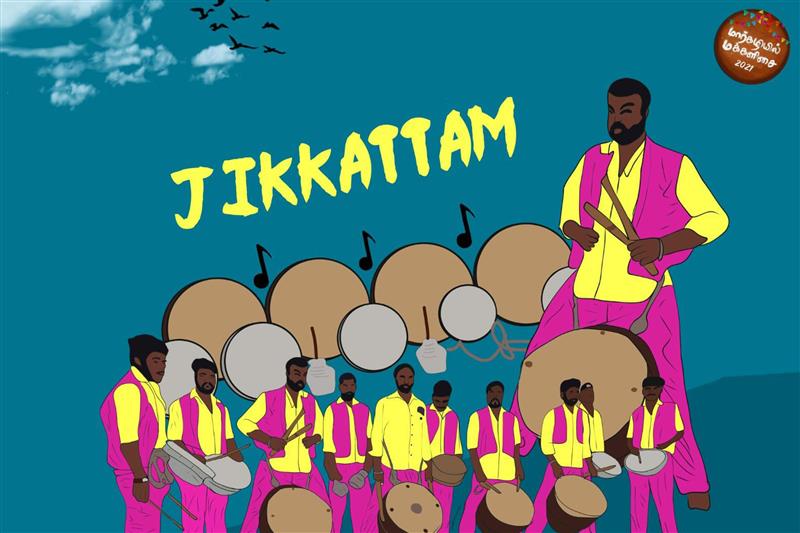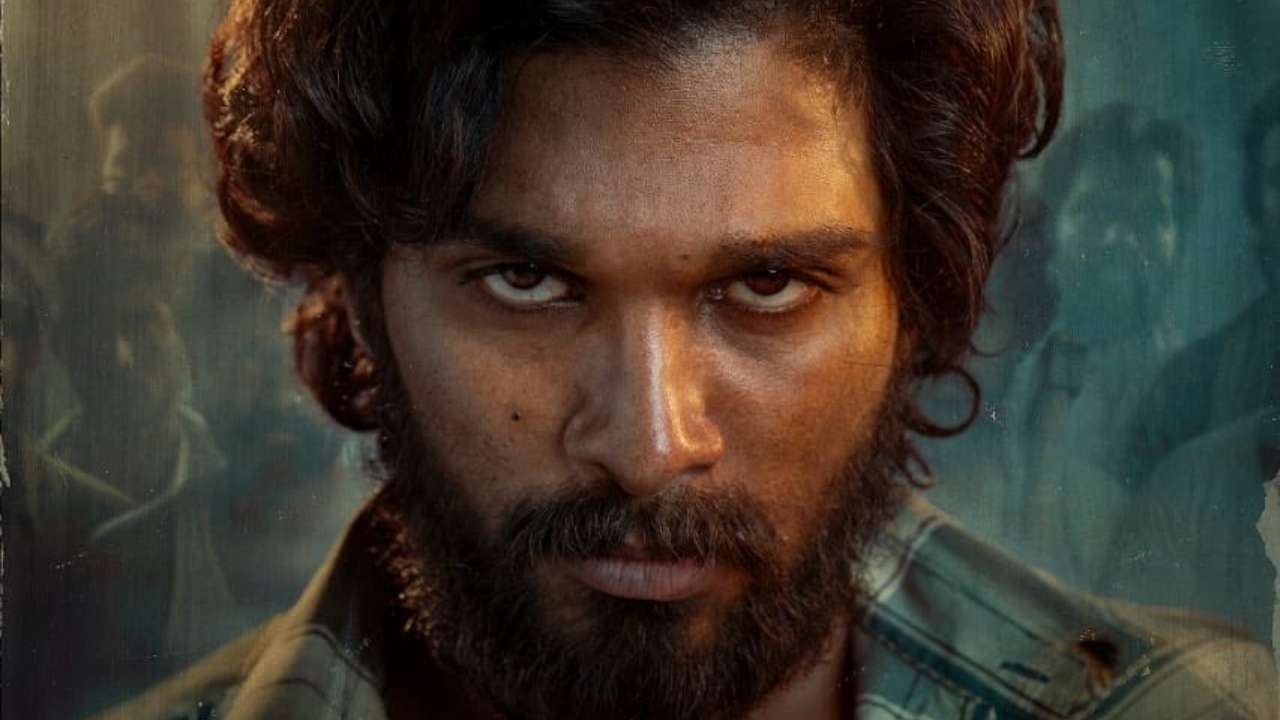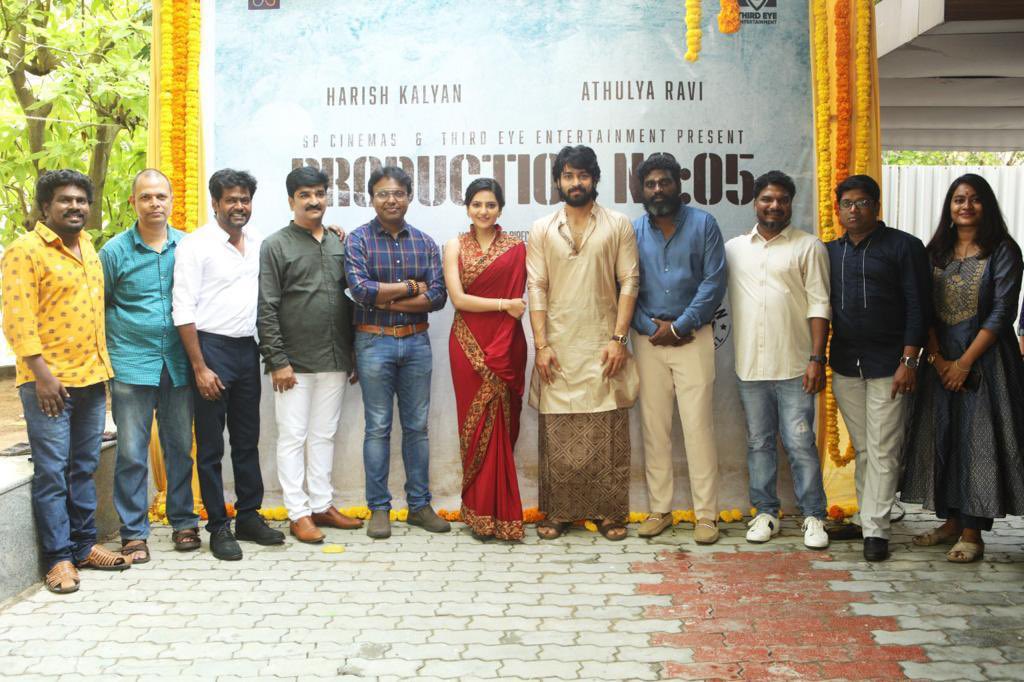For Karthik T, the art of jikkattam runs in his blood. Popular in the districts of Coimbatore and Pollachi, he has been performing the traditional art form that involves just drum beats and dance for 20 years. “It has been passed on from my grandfather to my father and now, to me. We have been performing (jikkattam) for generations now,” he says.
During Silverscreen India’s interview with the 36-year-old performer about his upcoming gig at the Margazhiyil Makkal Isai music festival on December 19 in Coimbatore, he talks about how the traditional Tamil art form got its name. “The sound of the ‘tholkaruvi’ (a type of drum used during the performance) goes ‘jik jik jik’; that’s why it’s called jikkattam,” he says.
Karthik, who is part of a troupe of 18 people, says that jikkattam can be performed only if there are a minimum of 15 people. At any given point, there are six dancers, eight artists on the instruments, and two other artists dancing on either side.
Karthik points out that jikkattam is performed differently in Coimbatore and Pollachi. But its essence remains the same. Tracing its history, he says that jikkattam originated as a means to drive away wild animals from the village. The earliest form of one of the main instruments ‘tholkaruvi’ was animal skin tied around an earthen pot. “Eventually we used the instrument to make announcements. Whether it was good or bad news, we’d use the instrument to announce it so that even the neighbouring villages would know of it,” he adds.
Now, jikkattam is performed at temple festivals, weddings, and other family functions. Its popularity in Tamil Nadu has led Karthik and several other artists to partake in multiple cultural events. Karthik himself is part of around 100 performances each year. Thanks to Facebook and YouTube, people never stop seeking him out. From showcasing their moves and beats at Veedhi Virutha Vizha and Chennai Sangamam, these artists are always in demand. They have even performed at actor Sasikumar’s 2013 film Kutti Pulli’s audio launch in Chennai.
Recommended
Despite the recognition and popularity, there have also been instances where Karthik has chosen to not perform. Since jikkattam is not a full-time job for him, balance is key. “I work at a company but I cannot leave this art. So, I alter my work timings and even take up night shift to balance both.”
Due to prior work commitments, he was unable to partake in an international jikkattam performance in Malaysia. “We performed at the Pongal festival in Malaysia but because of my job, I could not take 15 days off. So, I helped in coordinating everything for the other artists,” he says.
An age-old form, Karthik stresses the importance of adapting jikkattam to newer trends while preserving what was passed on to him. They now sport turbans and sometimes even dance with a ‘kol’ (stick) in their hands to enthral their audience. “We will never forget what our ancestors did but we made some changes to our audience’s tastes.”
Karthik is excited about his upcoming performance at Margazhiyil Makkal Isai. For the festival, there is no extra preparation because they practice on a regular basis. “We have been perfecting it for over 15 years and we practice regularly. We will give our best at Margazhiyil Makkal Isai,” he says. Given how much effort the troupe has put into jikkattam, Karthik says, “Jikkattam does not have a timeframe but we can go on for more than two hours.”

(This profile is part of an ongoing series of articles on various indigenous artists across Tamil Nadu who will be performing at Margazhiyil Makkal Isai starting December 18. Silverscreen India is a media partner for the event.)



